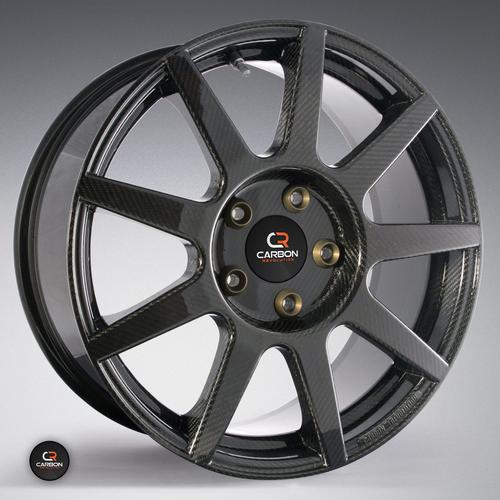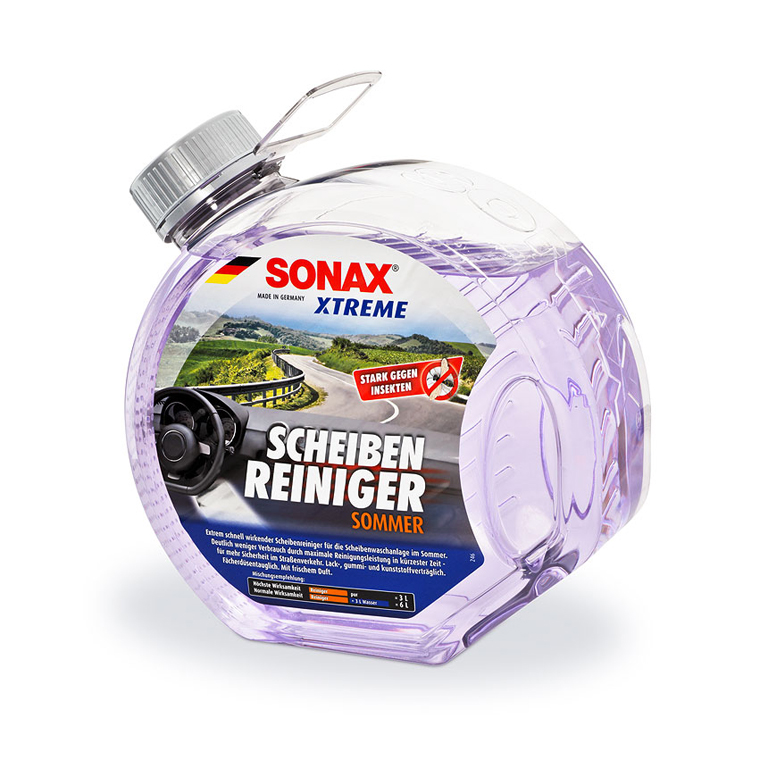
We’ve reported before about various plans to improve the manufacturing of carbon fiber composites for use in mainstream automobile manufacturing. These efforts are among several automotive lightweighting approaches being tried to help cars meet federal fuel efficiency standards. Now the Australian company Carbon Revolution says it has made the first one-piece, all-carbon fiber composite wheel for cars and planes.
The CR-9 wheel is constructed from continuous carbon fiber. Both front and rear wheels have a 19-inch rim diameter. The front wheel has a rim width of 8.5 inches and weighs 15.73 pounds. The back wheel has a rim width of 12 inches and weighs 18.15 pounds. Carbon Revolution says the wheels are 40 percent to 50 percent lighter than typical automotive OEM aluminum wheels. A quick check around the Web gave an average weight of about 25 pounds for an aluminum car wheel of roughly the same size.
A patented bolted joint system is used to attach composites to the CR-9’s metal hardware under dynamic loading conditions. As we’ve reported before, mixed materials attachment methods are an ongoing problem in newer aerospace designs that combine metals with carbon fiber composites, most recently in the Airbus 380 wings. Carbon Revolution says its joint system is as highly engineered as the wheel’s composite structure.
CR-9 wheels are designed using computational modeling techniques, which include full vehicle dynamic modeling and finite element analysis (FEA). Carbon Revolution says its computational simulations are so closely correlated to actual wheel behavior that product development timeframes are shortening. (You can watch a video of CR-9 impact tests simulating a pothole at the bottom of the post.) Because the behavior of fiber laminates is much more complicated compared to cast or forged metals, the company is working with FEA partners to develop improved methods for accurately modeling carbon fiber properties.
Although there’s a wealth of information for longstanding aerospace applications, putting this technology to use in automotive manufacturing is a challenge. For example, recently renewed US Department of Energy funding for automotive lightweighting emphasizes research and development in the predictive modeling of carbon fiber composites, including the development and validation of modeling tools to optimize carbon fiber composite performance and cost-effectiveness. (See: Automotive Lightweighting Funding Renewed by White House.)
The process for manufacturing CR-9 wheels combines aerospace manufacturing rigor with the efficiency, process controls, and automation of high-volume automotive production lines. By 2013, Carbon Revolution hopes to have certification for TS16949, the ISO technical specification detailing the development of automotive quality management systems. Its approach has attracted funding from the Australian government’s $5.4 billion New Car Plan.
The company began as an independently run R&D program collaborating with university research teams working on Formula SAE (Society of Automotive Engineers) student designs. Vehicles in the 2004 competition used the first composite wheels designed by Carbon Revolution’s founders. Its founders and employees include senior engineers in chassis development and drive train functions from automotive OEMs, senior manufacturing executives from component suppliers such as Bosch, former employees of Boeing’s Phantom Works, and industrial composites manufacturing specialists. The company also maintains technology development and product testing relationships with Deakin University and RMIT in Australia.






